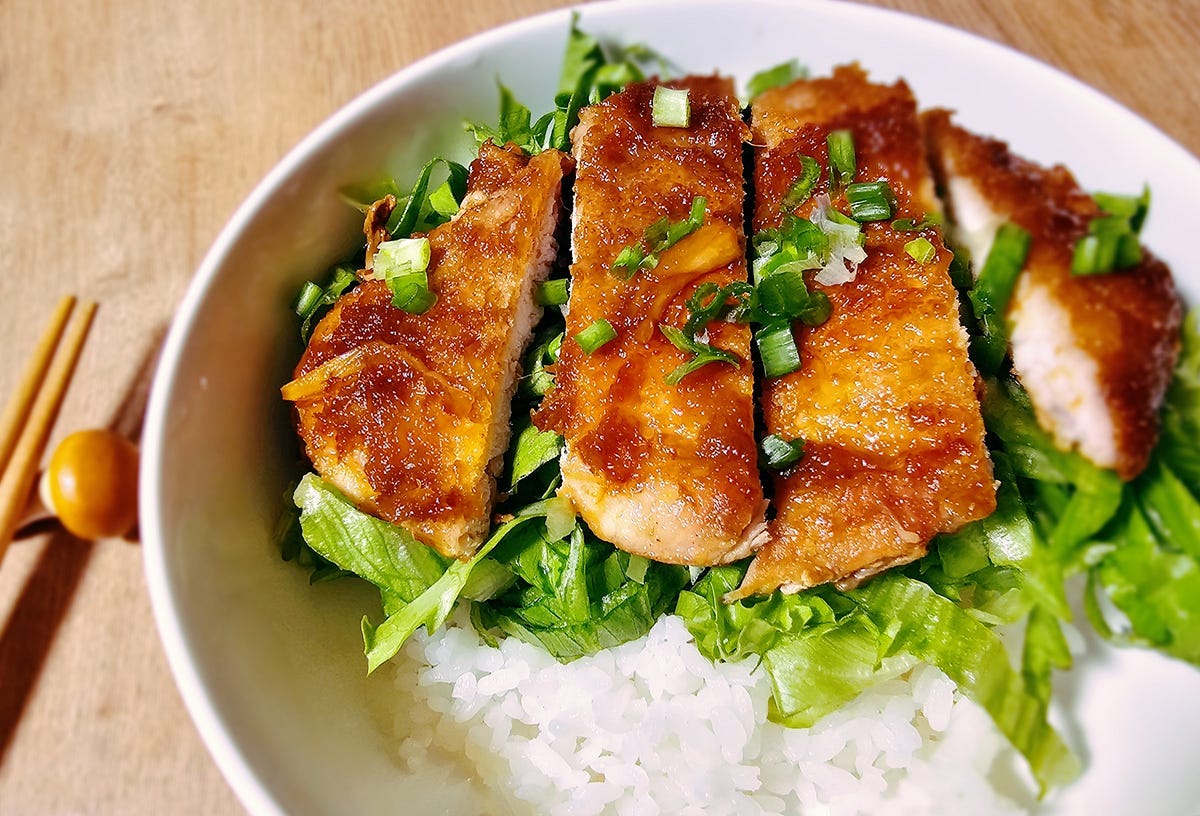Teriyaki Pork Donburi 豚の照り焼き丼
The dish consists of plain white rice and a topping of meat, fish, or vegetables simmered in a sauce, which varies based on region and season.
Enjoy a quick and mouth-watering Teriyaki Pork Donburi that is simple to make and satisfying to eat. This dish is a complete meal that includes protein, carbs, and salad all in one bowl. It’s the perfect choice for a hassle-free meal that requires only one pan and one bowl.
Where do I even begin with my love for donburi? Well, let me tell you, it’s not just because they taste amazing (although that’s definitely a big part of it). No, my friends, the real reason I love donburi is because it means fewer dishes to wash! You see, I don’t have a fancy dishwasher at home. Nope, it’s just me, my trusty sponge, and a never-ending pile of dishes. So, when I discovered donburi, it was like a culinary miracle had happened. All my favorite ingredients piled high in one glorious bowl, ready for me to devour. And the best part? Only one dish to wash afterwards!
I mean, think about it. With other meals, you’ve got plates, bowls, utensils, maybe even a separate sauce dish to wash. But with donburi, it’s just one bowl and one pair of chopsticks (or a fork, if you prefer). It’s like the universe heard my plea for simpler dishwashing and answered it with this delightful Japanese dish. So, sure, donburi might be filling, tasty, and easy to prepare. But for me, the real selling point is the fact that it means less dishwashing in the long run. And for that, I will forever be grateful to the culinary genius who came up with this wonderful creation.
What is donburi?
Donburi is a popular and widely consumed Japanese dish that translates to “big bowl” in English. The dish consists of plain white rice and a topping of meat, fish, or vegetables simmered in a sauce, which varies based on region and season. Typically, the sauce is made from soy sauce, mirin, and dashi, and may include beaten eggs and thin slices of onions.
One of the unique features of donburi is that all the ingredients are served together in the same bowl, unlike other Japanese dishes where rice is served on the side. This makes it a convenient and filling meal that’s easy to prepare and consume.
To retain heat and flavor, the bowl is usually served with its lid on, allowing the sauce to permeate the rice. While there are popular recipes for donburi, individuals can create their personalized version of the dish, known as passonaru-don, which translates to “personal donburi” in English.
The origins and history of Donburi
Donburi has a rich history that dates back to the Muromachi period, around 1330–1570. During this time, it was called houhan and was a vegetarian dish served in temples, consisting of a bowl of rice covered in vegetables with broth poured over it.
Fast forward to the Edo period (1603–1867), donburi became even more popular thanks to specialized restaurants called kendon-ya. The dish was served in a bowl called kendonburi-bachi, which was later abbreviated to donburi-bachi, and eventually just donburi. It became a favorite among locals, especially single artisans, due to its simplicity and quick preparation.
The dish as we know it today, with a variety of ingredients, can be traced back to the early 19th century when grilled eel served on a bed of rice with a caramelized soy sauce, or una-don, became a hit with theatergoers. It was the perfect snack to bring to long performances of kabuki, nô, and kyogen.
The popularity of una-don led to the proliferation of una-don stalls and eventually, the diversification of ingredients that we see in donburi-mono today. Thanks to its rich history and versatility, donburi has become a staple of Japanese cuisine and is enjoyed by people all over the world.
Popular donburi
Here are some of the most popular types of donburi you can find in Japan:
Unadon (鰻丼): This dish features grilled eel served on a bed of rice.
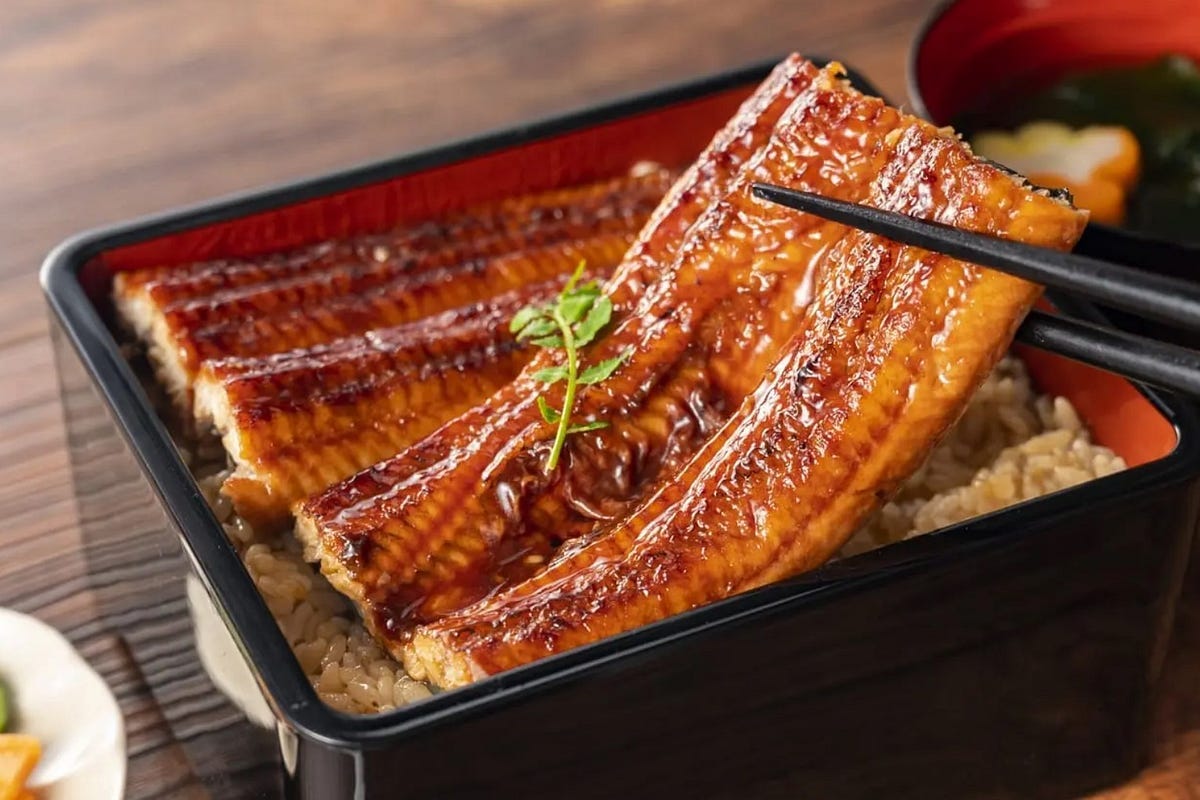
Katsudon (カツ丼): This donburi is made with a breaded pork cutlet, omelet, and onions served over rice.
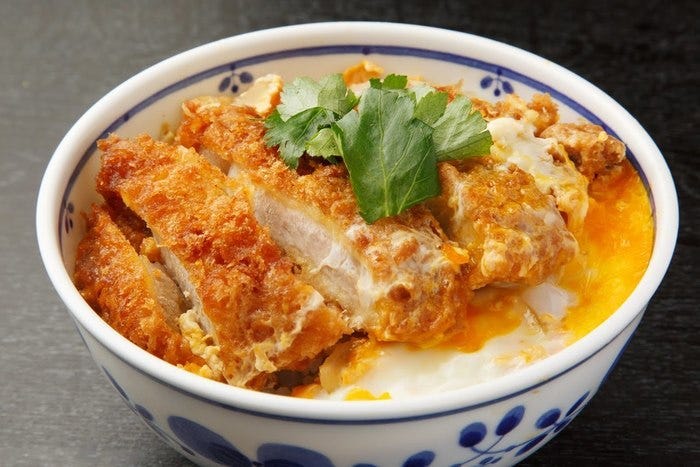
Oyakodon (親子丼): This dish’s name literally means “parent and child bowl,” and it features chicken and egg cooked together and served over rice.
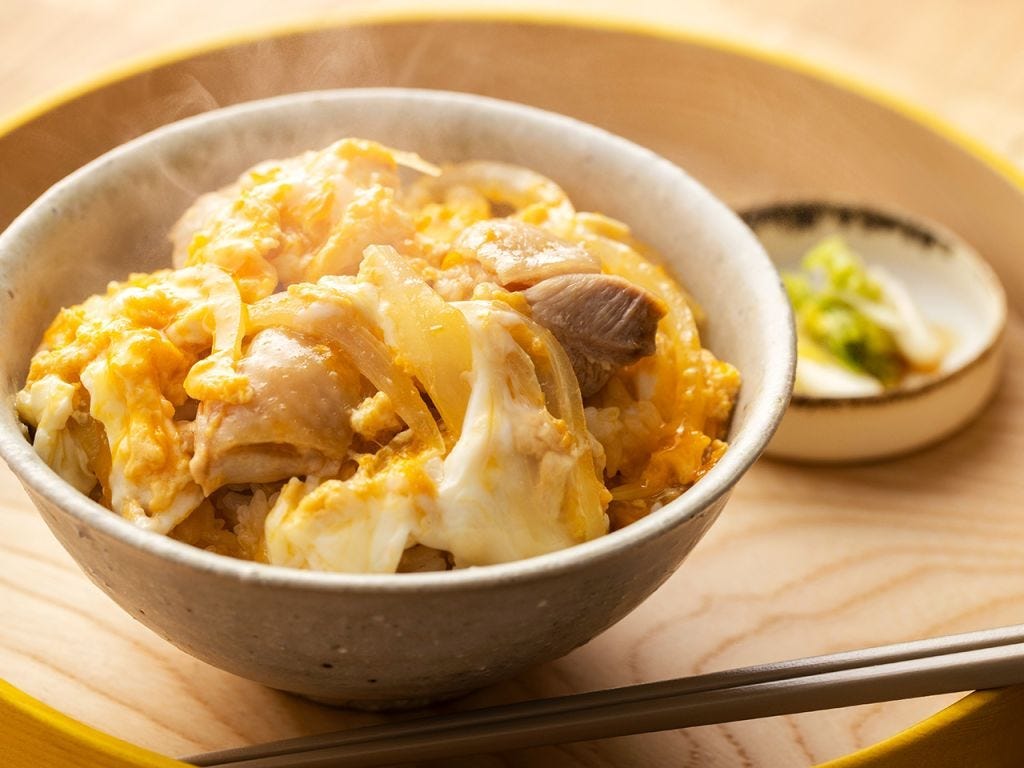
Gyudon (牛丼): This donburi features thin strips of stewed beef and onions served over rice, sometimes topped with a raw or cooked egg.
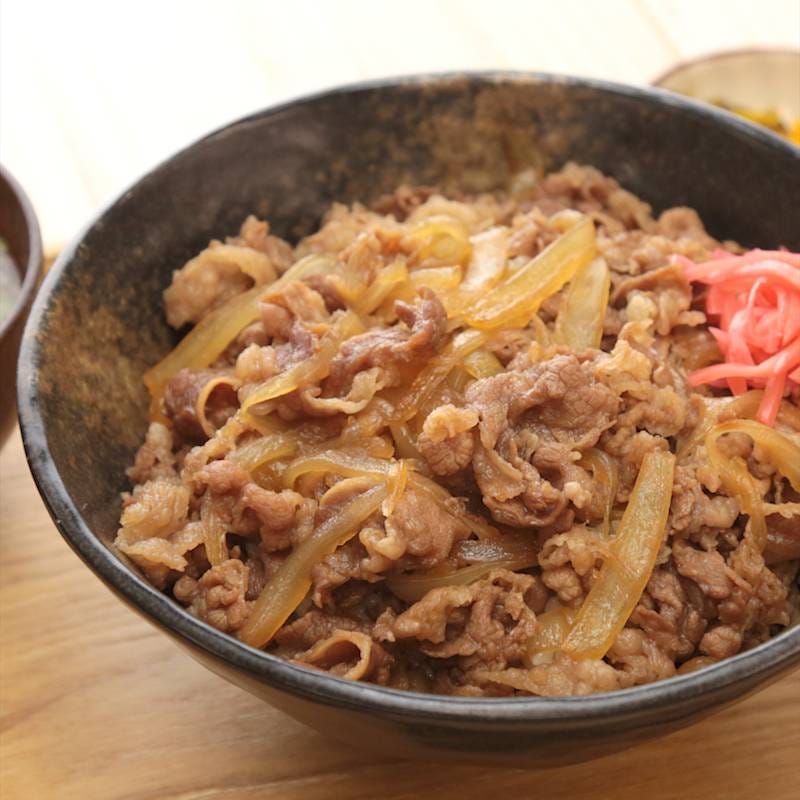
Kaisendon (海鮮丼): This cold donburi features raw fish or seafood, similar to chirashi sushi, served over rice.
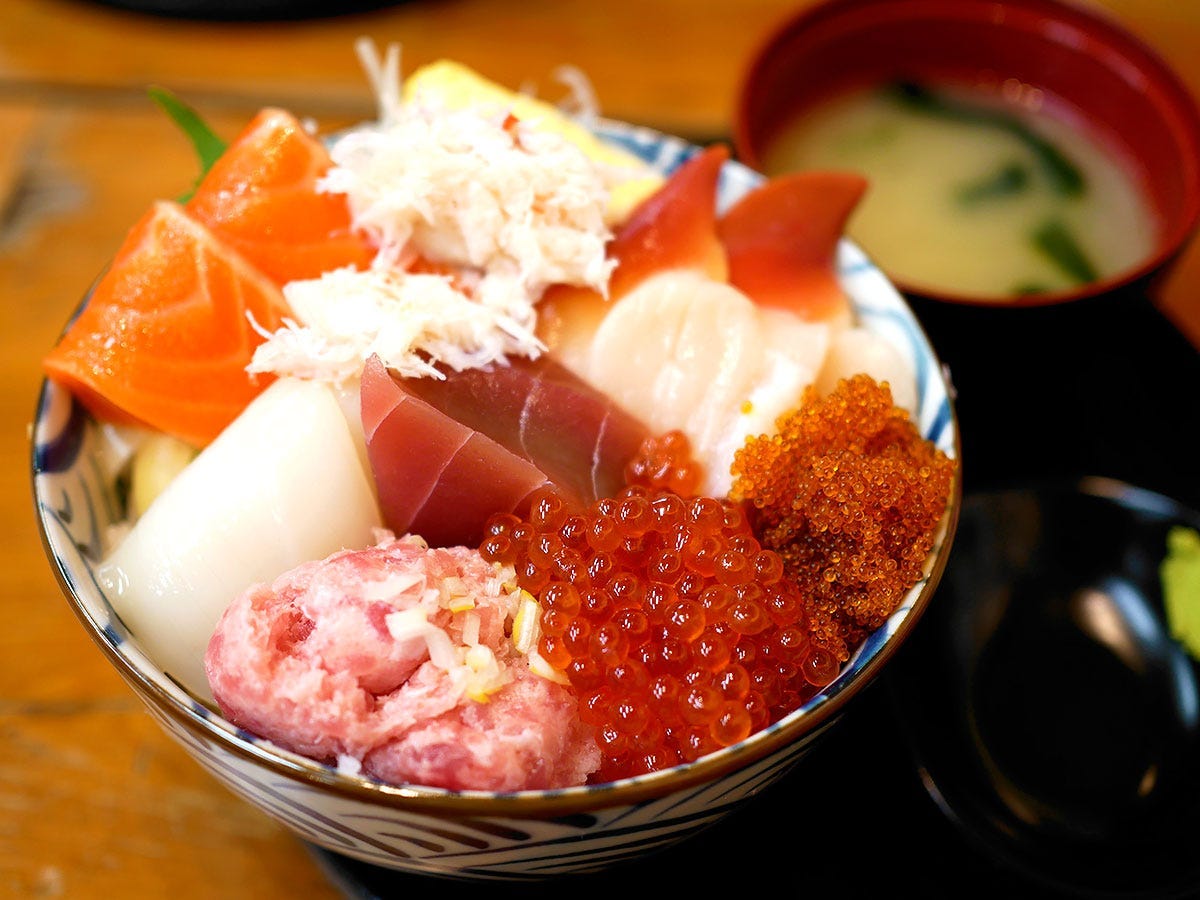
Magurodon (まぐろ丼): This dish features marinated raw tuna and nori on top of vinegar-seasoned rice.

Tendon (天丼): This dish typically consists of shrimp tempura served over rice, though some versions also include vegetable tempura as well.

Keep reading with a 7-day free trial
Subscribe to Nihon Bites to keep reading this post and get 7 days of free access to the full post archives.




